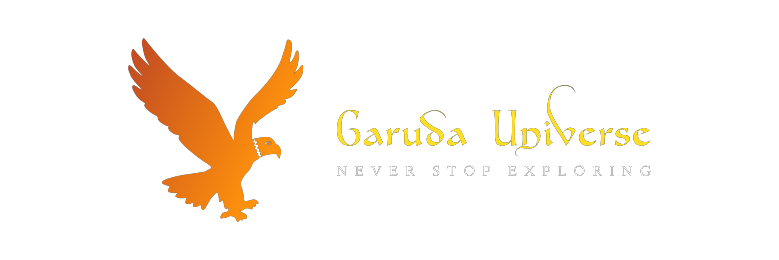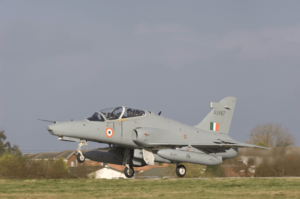Chandrayaan -2, India’s second mission to the Moon, was launched on 22nd July 2019 from Satish Dhawan Space Centre. Let’s learn more about it together!
| Country | India |
| Mission Type | Lunar Exploration |
| Budget | Rs 978 Crore ($142 Million) |
| Launch Vehicle: | GSLV Mark III M1 |
| Organisation: | ISRO |
| Landing site | Lunar South Pole |
| Launch date | 22 July 2019, 14:43 IST |
| Launch Site | Satish Dhawan Space Centre |
The Moon being the boondocks of the new space investigation, as it might act as a refueling break for Longer missions, is one of the potent degrees for missions, as we’re simply in a surface level comprehension of our neighbor. India is one of the vital participants, demonstrated it’s lunar ability with the Chandrayaan-I mission, which was exceptionally effective, despite its minimal budget.

Following the fruitful endeavor of Chandrayaan-I, a subsequent mission was ideated to catch up and a legitimate draft and arrangements were readied, followed by the administration’s endorsement in 2008, under Dr. Manmohan Singh (Former Prime Minister of India). The underlying plan emphasis of the shuttle was finished by 2009 and was arranged as a shared mission with Russia. Anyway, inside the next years on records of different imperatives, the mission got deferred and India sought after the mission autonomously. Russia couldn’t give the lander under the proposed period of 2015 – on the hold of multiple issues.
The launch happened on 22nd July 2019 at 14:43 IST (09:13 UTC) on the first operational flight of a GSLV MK III M1
GOALS
The primordial objective of the Chandrayaan-2 was to exhibit the ability to perform a controlled landing on the lunar surface, followed by the successful operation of a rover.

The primordial scientific goals of the orbiter were:
- To examine lunar geological highlights, mineralogy, basic structure and plenitude, the lunar exosphere, and marks of hydroxyl and water ice.
- To map the lunar surface and assist to facilitate 3D maps of the lunar surface.
- To study the water ice on the south polar region and thickness of the lunar regolith [Lunar soil] on the surface.
Orbiter

Chandrayaan 2’s Orbiteris is currently orbiting an altitude of 100 km on a polar orbit of the Moon. The spacecraft can communicate with IDSN (Indian Deep Space Network) at Byalalu close to Bangalore. The duration of the mission is extended from 1 year to 7 years due to the precise launch and mission management, in luna orbit.
Pragyan - Rover
Chandrayaan 2’s rover, a 6-wheeled robotic vehicle which was named Pragyan, which alludes to ‘wisdom’ in Sanskrit. It was iteratively intended to venture a range of 500 m (0.5 km) at a speed of 1 centimeter per second and uses solar cells for its power requirements. It was designed to communicate with the lander.

The potential operational phase of the Pragyan rover was intended at one lunar day, or approximately 14 Earth days – as the components of the rover weren’t expected to sustain in the extreme conditions of the Lunar night. In Spite, its power cluster had a solar-powered sleep/wake-up cycle impinged, which could have resulted in a longer service window than intended. The two fore wheels of the rover were engraved with the ISRO logo and the official state emblem of India to leave behind patterned tracks on the lunar surface, which would remain undisturbed for centuries.

Vikram - Lander

Chandrayaan 2’s lander is named Vikram, after Dr. Vikram Sarabhai, the Father of the Indian Space Program. It was intended to work for one lunar day [~14 Earth days]. Vikram can speak with IDSN at Byalalu close to Bangalore and with the Orbiter and Pragyan wanderer. The lander was proposed to execute a delicate landing on the lunar surface at a score speed of two meters per second.

PAYLOADS


RESULTS
The Vikram lander didn’t have a smooth landing, as intended. Considered to be the additive result of a software glitch and Loss of signal, the rover lost contact and had an upscaled velocity of descent in the final phase, possibly resulting in a hard landing where the lander’s structure had instantaneous disintegration. The timeframe to scale the remains of the lander was longer than expected since the impact had caused the debris to spread to over two dozen spots and the first discovery was done by a citizen scientist, Shanmugam Subramanian from Chennai.
The orbiter part of the mission, comprehensive of it’s 8 primary instruments, stays usable and will proceed with its proposed seven-year mission to consider the Moon. Chandrayaan-3 has been ideated and it will be a re-endeavor to show the landing abilities required for the Lunar Polar Exploration Mission proposed in association with Japan for 2024. The investigation stage would finish by Q1 2021.

If the Chandrayaan -III Mission achieves the intended success, it would establish India’s scientific prowess and would make it the second country to land in the region, close to the lunar south pole, following china – which successfully soft-landed Change 4 in 2019, few months before the Chandrayaan-II attempt.
The lunar south pole locale is regarded as a convincing spot for future investigation missions and reasonable for a lunar station. The forever shadowed region puts on the viability – Moon could contain ice and different minerals, which would be fundamental assets for future pioneers. The mountain tops close to the shaft are lit up for enormous timeframes and could be utilized to give sunlight based energy to a station. With a station on the Moon, researchers will have the option to dissect water and other unpredictable examples going back to the arrangement of the close planetary system.
Credits – ISRO
* The information provided herein is, to the best of our knowledge and is only for informative purpose. If you have a news update or correction, let us know at -info@garudauniverse.com




